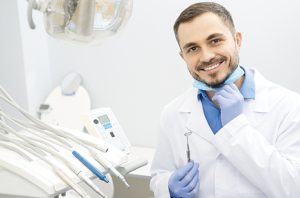Bad breath, also called halitosis, affects 25 percent of the population. It can be caused by various factors, most of which are the result of bad oral hygiene. Halitosis can cause anxiety and embarrassment for patients, leading them to stock up on gum, mouthwash, and mints. Unfortunately, most of these products only provide limited and temporary relief. If you suffer from chronic bad breath, it’s best to seek treatment from your dentist.
Diagnosis
In diagnosing halitosis, a dentist smells the breath from the mouth and nose, and rates the odor at a scale. If the smell needs attention, they will scrape the back of the tongue to identify the cause of the bad breath. Medical devices can identify certain chemicals that cause bad breath, although they might not be available in every dental clinic.
Treatment
After ascertaining the cause, the dentist may apply various techniques to remedy the problem. In case of poor dental hygiene, they may recommend professional cleaning and advice on how to maintain good oral health. Second, they will check the mouth for any oral problems such as tooth decay and gum problems such as periodontitis, which are the leading causes of bad breath. If these interventions do not alleviate the problem, the dentist may recommend a medical checkup to identify other underlying conditions.
Some of the underlying causes of bad breath include the following:
- Bowel obstruction: People who are unable to have regular bowel movements may have breath that smells like feces. Bad breath is also present in people who have had prolonged vomiting.
- Bronchiectasis: This is a condition where airways become larger than normal, causing a buildup of mucus. The mucus leads to bad breath.
- Aspiration pneumonia: Caused by an infection of the lungs when one inhales liquids, foods, or vomit
- Ketoacidosis: Insulin levels in people with diabetes may get too low, causing the body to produce high levels of blood acids called ketones. This life-threatening condition causes a distinctive and unpleasant breath odor.
These underlying conditions require the intervention of a primary healthcare provider to resolve the bad breath problem.
















